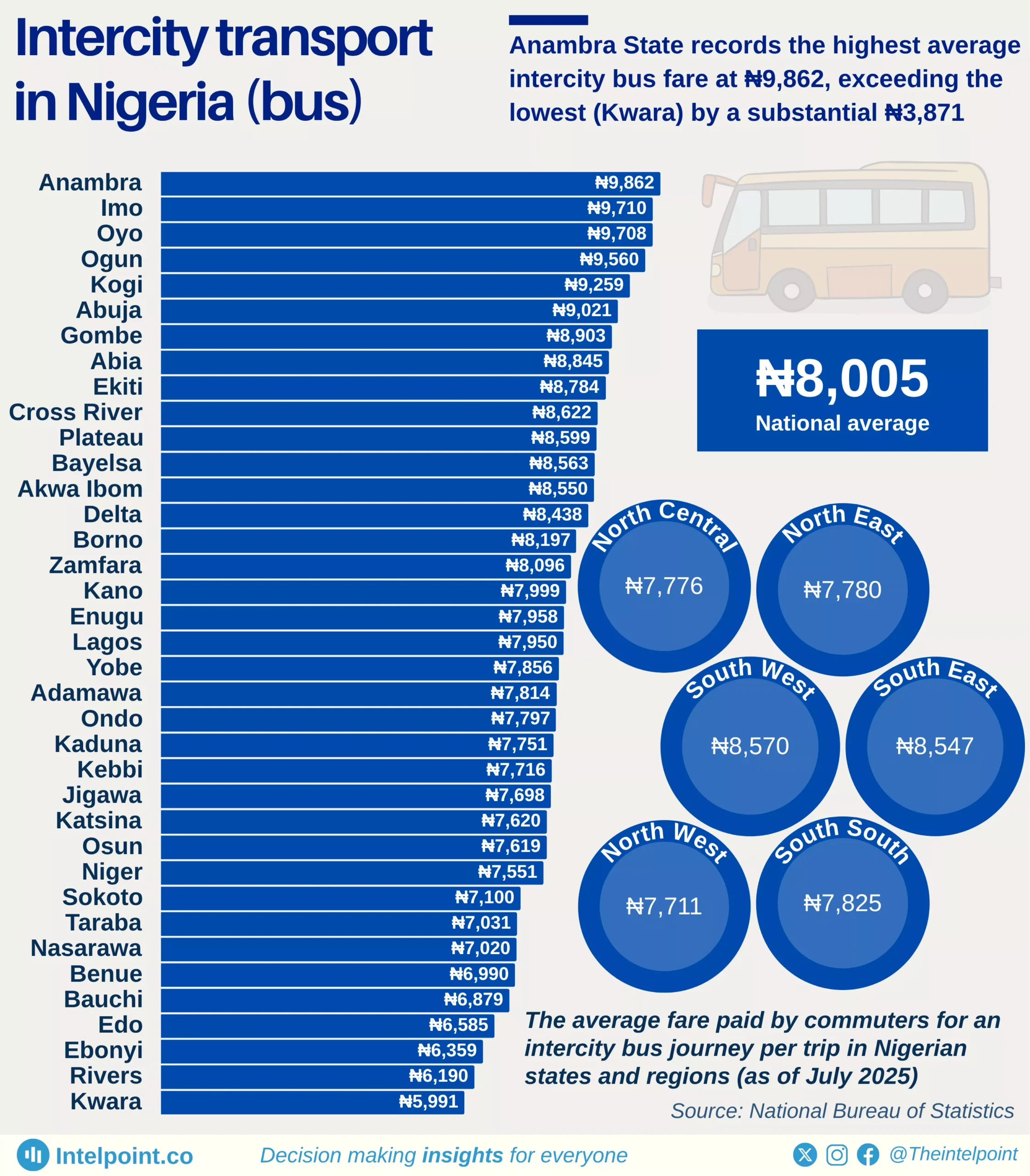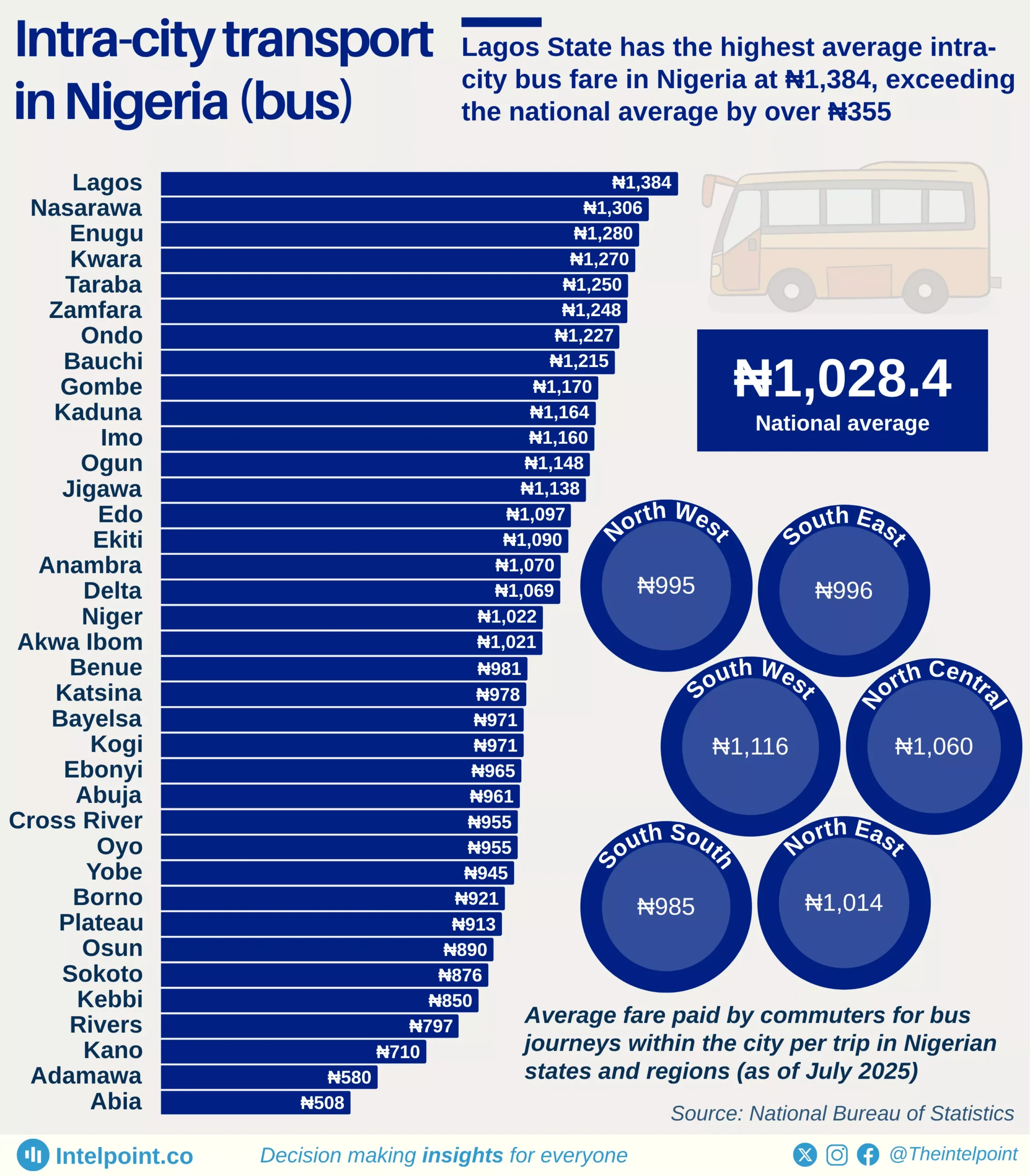FCT, Ogun, and Nasarawa consistently rank as the top three states with the highest number of road accidents.
The FCT recorded its peak accident figures in 2022, particularly in Q2 (842 cases) and Q4 (864 cases).
In Q2 and Q3 of 2024, Ogun State surpassed the FCT in the number of reported accidents.
Across these three states, there has been a notable decline in accident numbers, with an average decrease of approximately 37.6% between Q2 and Q3 2024.
The Federal Capital Territory (FCT) and Nasarawa, both in Nigeria’s North Central zone, consistently rank among the top three states with the highest number of road accidents between Q3 2020 and Q3 2024. The FCT remains the overall leader, recording its peak in 2022 with a total of 2,843 reported cases.
However, more recent data from Q2 and Q3 of 2024 shows a shift, with Ogun State surpassing the FCT in accident numbers. Despite these fluctuations, there has been a general decline in accident cases across the top states, with an average reduction of approximately 37.6% observed between Q2 and Q3 of 2024—a promising sign of improved road safety efforts.





